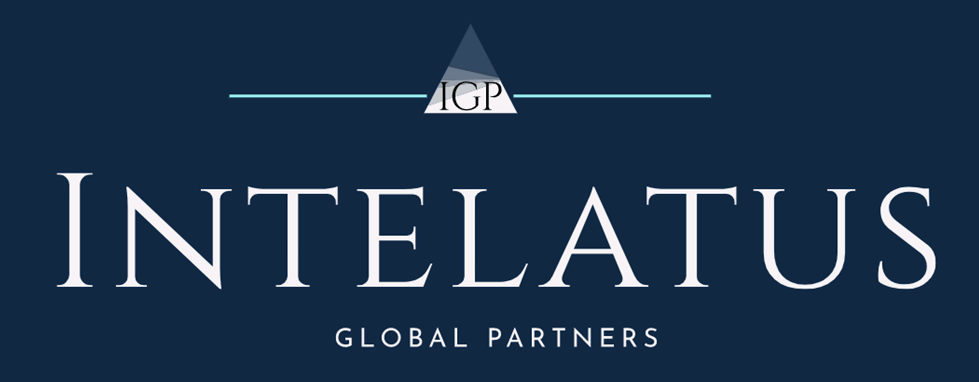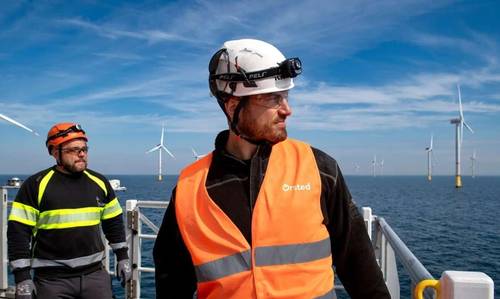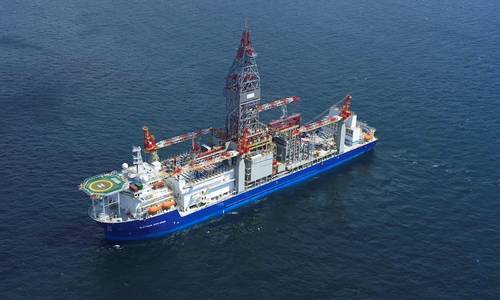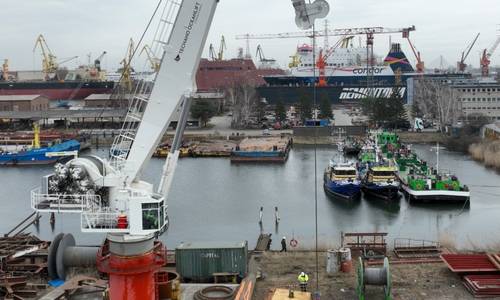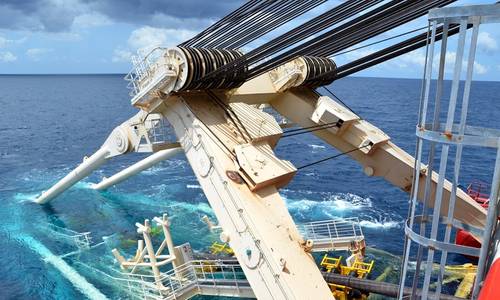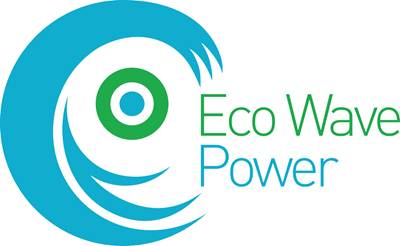Vestas, Ecowende Test Red Blades for Bird Safety at Dutch Offshore Wind Farm
April 23, 2025

At Ecowende’s initiative, Vestas is supplying red blades for a new trial at Hollandse Kust West VI, to investigate whether the red color increases blade visibility to birds and helps reduce the risk of collisions, compared to the traditional grey blades.
The trial involves one red-coated blade on each of seven wind turbines.
Ecowende, in collaboration with Waardenburg Ecology, DHI and Robin Radar, is leading the field research to test this hypothesis.
Vestas has supported the initiative by delivering the red blades for the trial. The goal is to assess the effectiveness of red blades as part of a broader strategy to protect seabirds.
The objective of the single blade in a different color is to create a smear, which is thought to be better visible for birds. A lot is still unknown on this effect, including which colors and patterns work best.
“Initially, colors like black and fluorescent were considered, but red was ultimately chosen based on performance criteria, particularly its ability to avoid overheating and ensure blade durability,” said Line Kyndi Behrens, Vestas’ Technical Project Manager Hollandse Kust West VI.
The implementation is highly customized and not part of Vestas’ standard product portfolio. The project requires significant coordination in terms of production, transport, and installation to align with the harbor’s storage space and planned turbine installation sequence.
“Ensuring the red blades are evenly distributed across the site added another layer of complexity,” noted Slawomir Michaluk, Vestas’ Project Director.
Ecowende and its research partners will evaluate whether this and other measures, including adaptive curtailment and creating a bird corridor, can effectively safeguard birdlife.
These efforts are part of an overall ecological concept that goes beyond current industry standards.
“Many countries now emphasize ecological considerations in project permitting. While this specific initiative is still being tested and evaluated, it’s a valuable opportunity for us to explore what’s possible and prepare for evolving regulatory and environmental expectations. As a sustainability frontrunner in the wind industry, we see it as our responsibility to support such forward-leaning projects and contribute to shaping future ecological standards,” added Behrens.
